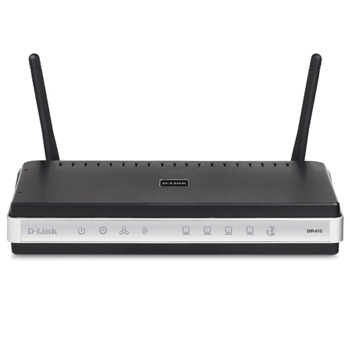Wireless networking (also known as WiFi) has greatly evolved over the last few years and as a result has become increasing complex. This article is intended to give the reader the information necessary to make informed decisions when purchasing and configuring a wireless network in order to maximize the performance, speed, and reliability of the network.














